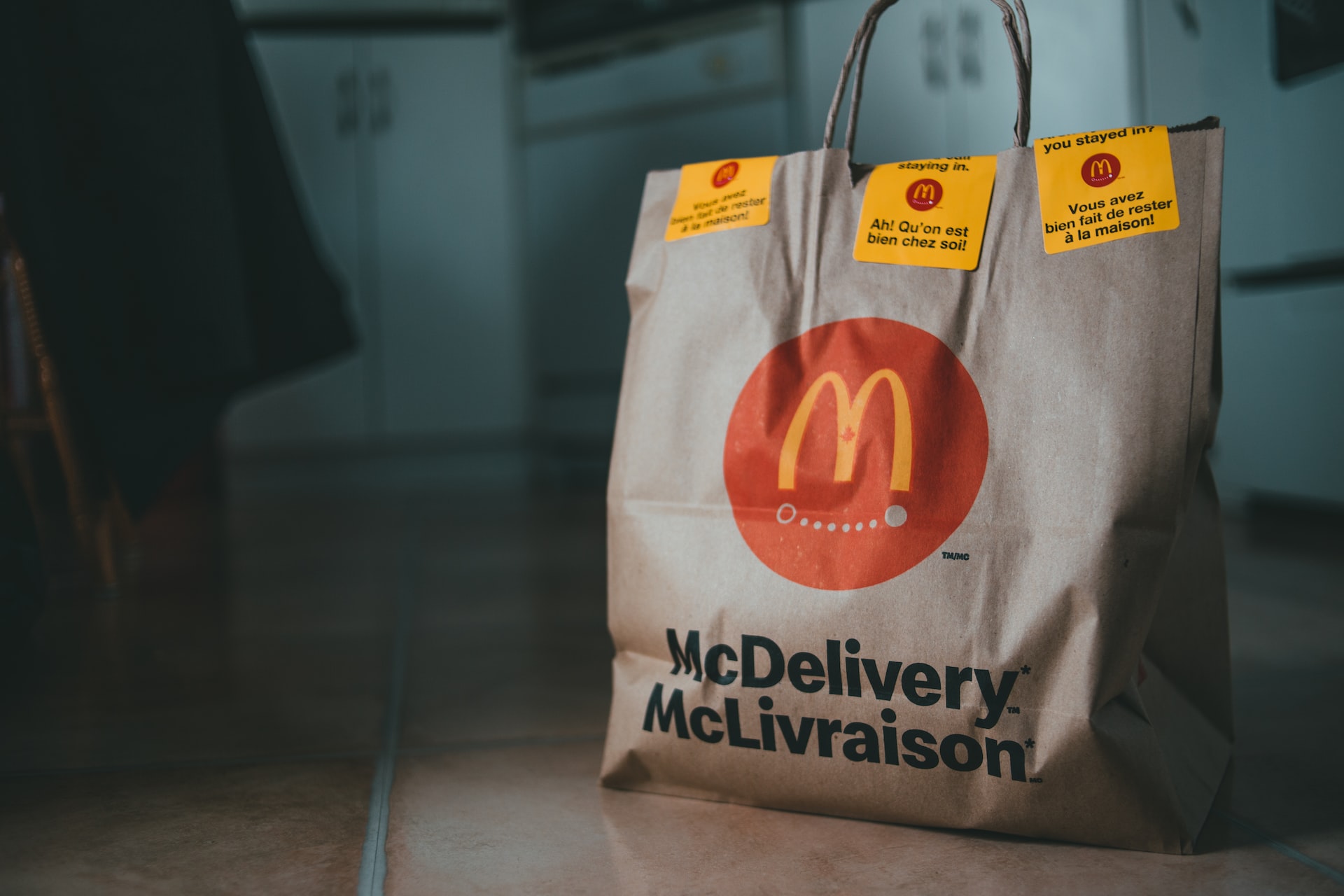The Rise Of Food Delivery Apps: How Technology Is Changing The Way We Order And Consume Food

In recent years, technology has drastically changed the way we order and consume food. With the rise of food delivery apps such as Uber Eats, Grubhub, and DoorDash, it has become easier than ever before to have a hot meal delivered right to our doorsteps. These apps have not only revolutionized the food delivery industry, but have also had a significant impact on the way we think about and consume food.
The Convenience of Food Delivery Apps
One of the biggest draws of food delivery apps is their convenience. With just a few taps on a smartphone, anyone can order food from their favorite restaurants and have it delivered to their location in a matter of minutes.
This convenience is particularly appealing for people with busy lifestyles, as it eliminates the need to leave the house or office to pick up food. Additionally, food delivery apps often provide a wider range of restaurant options than traditional food delivery services, making it easy for users to find the perfect meal to suit their cravings.

Impact on Local Restaurants
Food delivery apps have also had a significant impact on local restaurants. Many small businesses have been able to expand their customer base and reach new audiences by partnering with food delivery apps.
This has allowed them to increase sales and revenue, which can be especially beneficial for struggling restaurants during tough economic times. However, some critics argue that the high commission fees charged by food delivery apps can be detrimental to small businesses, as they can cut into already slim profit margins.
Impact on Consumer Behavior
Food delivery apps have also affected consumer behavior, leading to more frequent and impulsive food purchases. Research has shown that people are more likely to make impulsive food decisions when ordering through a food delivery app, as they are not faced with the physical presence of the food.
Additionally, the ease of ordering through an app can lead to more frequent food purchases, as it takes less effort to order food than to prepare it at home.
Health Implications
While food delivery apps can be convenient and offer a wide range of meal options, there are concerns about the impact they have on public health. Studies have shown that people who frequently order food through apps tend to have a higher body mass index (BMI) and are at a greater risk of obesity.
This may be due to the fact that food delivery apps make it easy to order high-calorie, unhealthy meals on a regular basis. Additionally, food delivery apps may contribute to a sedentary lifestyle, as people are less likely to leave their homes to pick up food.
Conclusion
The rise of food delivery apps has had a significant impact on the way we order and consume food. These apps offer convenience and a wide range of meal options, but they also have the potential to affect public health and small business profitability.
It is important for consumers to be aware of the potential risks and downsides associated with food delivery apps and make informed decisions about their use.
References:
- Jeff Niederdeppe’s research works | Cornell University, Ithaca (CU) and other places
- Making Healthy Choices Easier: Regulation versus Nudging | Annual Review of Public Health
- Restaurants say delivery has been both a blessing and a curse during the pandemic. What happens as eateries reopen?
- The next frontier of food delivery – City
- Ordering in: The rapid evolution of food delivery | McKinsey
- How delivery apps changed the restaurant business
- Do Delivery Apps Hurt Restaurants?
- The Convenience of Delivery Apps Is Ruining Restaurants – Eater





